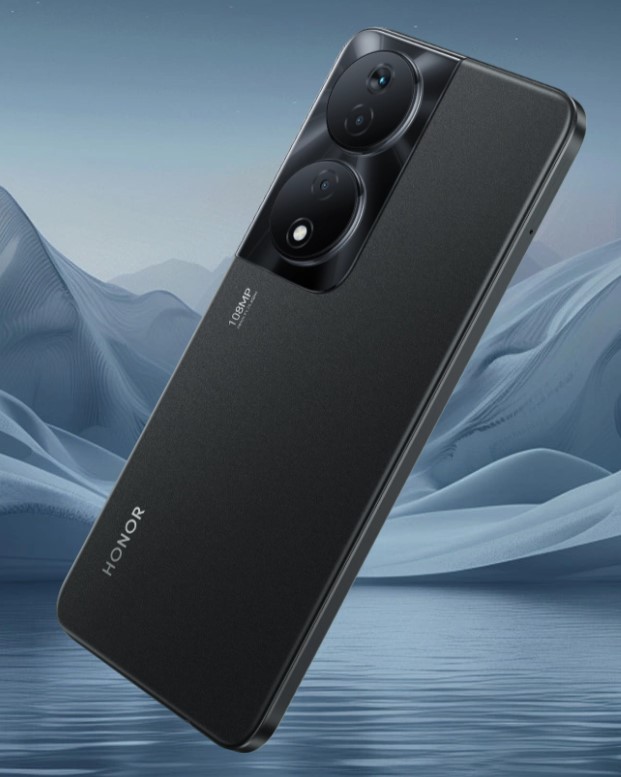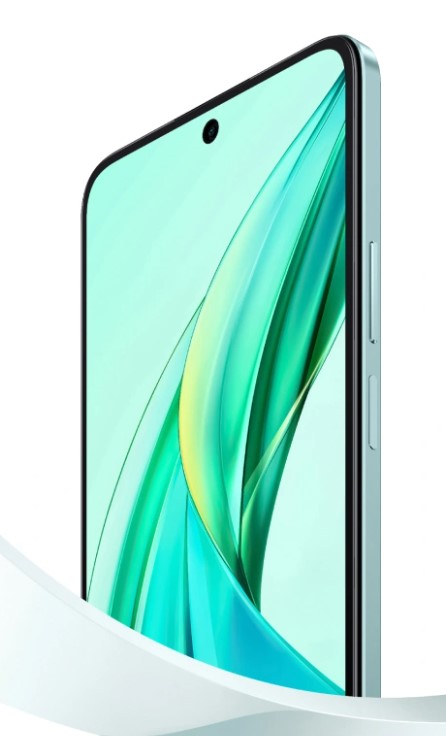In the ever-evolving landscape of technology, mobile phones stand as one of the most ubiquitous and indispensable gadgets of modern life. But have you ever wondered about the meticulous process behind the creation of these sleek and innovative devices? Mobile phone designers are tasked with the challenging yet exhilarating job of developing new models that not only meet the demands of consumers but also push the boundaries of technological innovation. Let's delve into the fascinating world of mobile phone design and uncover the secrets behind the development of these pocket-sized marvels.

Unlocking the Secrets of Mobile Phone Design
Market Research and Conceptualization
The journey of creating a new mobile phone begins with extensive market research and analysis. Designers delve deep into consumer preferences, emerging trends, and technological advancements to identify gaps in the market and potential opportunities for innovation. This phase lays the foundation for conceptualizing the design direction, features, and functionalities that will define the new device. From sleek aesthetics to cutting-edge hardware, every aspect is meticulously crafted to resonate with the target audience and differentiate the product in a fiercely competitive market.

Prototyping and Iteration
Once the initial concept is fleshed out, designers move on to the prototyping stage, where ideas are transformed into tangible models. Through rapid prototyping techniques, multiple iterations of the device are created and tested to evaluate form, function, and user experience. This iterative process allows designers to fine-tune every aspect of the mobile phone, from the placement of buttons to the responsiveness of the touchscreen. Feedback from usability testing sessions and focus groups is carefully analyzed, guiding further refinements and improvements until the optimal design is achieved.
Integration of Cutting-Edge Technologies
Central to the development of a new mobile phone is the integration of cutting-edge technologies that elevate the user experience to new heights. From advanced processors and high-resolution displays to innovative camera systems and biometric authentication features, designers work closely with engineers and suppliers to incorporate the latest technological advancements into the device. Whether it's enhancing performance, improving battery life, or introducing groundbreaking functionalities, the relentless pursuit of innovation drives every decision in the design process.
Aesthetic Design and Material Selection
In addition to technological prowess, the aesthetic design of a mobile phone plays a crucial role in its appeal to consumers. Designers draw inspiration from a myriad of sources, including architecture, fashion, and nature, to create visually stunning and ergonomically pleasing designs. Every curve, contour, and finish is carefully considered to evoke a sense of sophistication and craftsmanship. Moreover, the selection of materials, such as glass, metal, and ceramic, not only contributes to the device's aesthetics but also its durability and tactile feel, ensuring a premium user experience.
User-Centric Approach
At the heart of mobile phone design is a relentless focus on the end user. Designers strive to understand the needs, preferences, and behaviors of consumers to create devices that seamlessly integrate into their lives. Whether it's designing intuitive user interfaces, optimizing ergonomics for one-handed use, or prioritizing accessibility features, every decision is driven by the goal of enhancing the user experience. Honor has consistently embraced a user-centered approach. The HONOR 90 Smart boasts a screen resolution of 1080×2412, a refresh rate of 90Hz, a peak brightness of 850 nits, and supports 16.7 million colors, catering to a diverse range of user preferences and requirements.

Conclusion
The process of developing a new mobile phone is a harmonious blend of creativity, innovation, and technological prowess. From market research and conceptualization to prototyping and iteration, designers navigate a complex landscape of challenges and opportunities to bring their vision to life. Through the integration of cutting-edge technologies, aesthetic design, and a user-centric approach, they create devices that not only reflect the latest advancements in technology but also resonate with consumers on a deeply personal level.